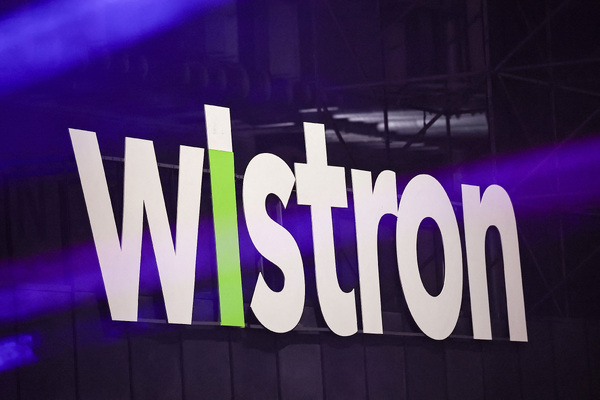SupplyChainTalk: Tackling labour shortages and shaping the future of supply chain talent
On 7 May 2025, SupplyChainTalk host Ana Maria Velica was joined by Gary Horsfield, Chief Supply Chain Officer, BI; Amy Augustine, Senior Director Network Supply Chain, UScellular; and Sarah Robbins, Senior Director, Sourcing, Tms.
Views on news
QSPC data through Q3 2024 shows that approximately 20.6% of manufacturing plants in the U.S. that failed to produce at their full capacity cited insufficient supply of labor or labor skills as a key constraint in their production. Difficulties renewing workers’ visas in the US aggravate the situation further.
Improving retention
Naturally, businesses don’t want to bring in new people only to lose them in a short period of time. Several innovative solutions aim to increase retention through internal promotion, where promotion comes together with training an employee to learn new skills. Offering part -time arrangements for stay-at-home mums can help ease some of the skills shortages too. Reaching out to young people promoting supply chain roles to them is another way of acquiring talent.
To give purpose to GenZ, they may be assigned tasks that focus on the environmental footprint of the company’s supply chain in addition to their core tasks. Making a global organisation feel small can also enhance a sense of purpose and, thanks to good communication between internal leaders, internal candidates can be more easily identified for vacant positions.
Also, if you can keep it small, you will have more natural informal conversations and less need for formal communication structures. Mentorship programmes are a great way of upskilling and HR can help find the right mentor for its employees.
For retaining talent businesses can use talent calibration to make evaluation fair and equitable. The best policy for talent management is to look after your people first and then the others will want to come and work for you.
The panel’s advice
- Offer multiple points of entry for people who want to join your company from undergraduate and apprentice roles to managerial ones.
- Mentorship, training and career development are key strategies to attract new generations.
- It’s a good idea to set up a system where employees can feed their improvement ideas into the organisation in practically any areas. BI had 40,000 ideas from 8,000 employees and implemented 21,000 of them globally.
- Before opening a position for candidates outside the organisation, see if you have a suitable candidate internally, who, with or without some additional training, can be suitable for the job.
- Bring the human back to supply chain management.

Business Reporter Team
Related Articles
Most Viewed
Winston House, 3rd Floor, Units 306-309, 2-4 Dollis Park, London, N3 1HF
23-29 Hendon Lane, London, N3 1RT
020 8349 4363
© 2025, Lyonsdown Limited. Business Reporter® is a registered trademark of Lyonsdown Ltd. VAT registration number: 830519543





